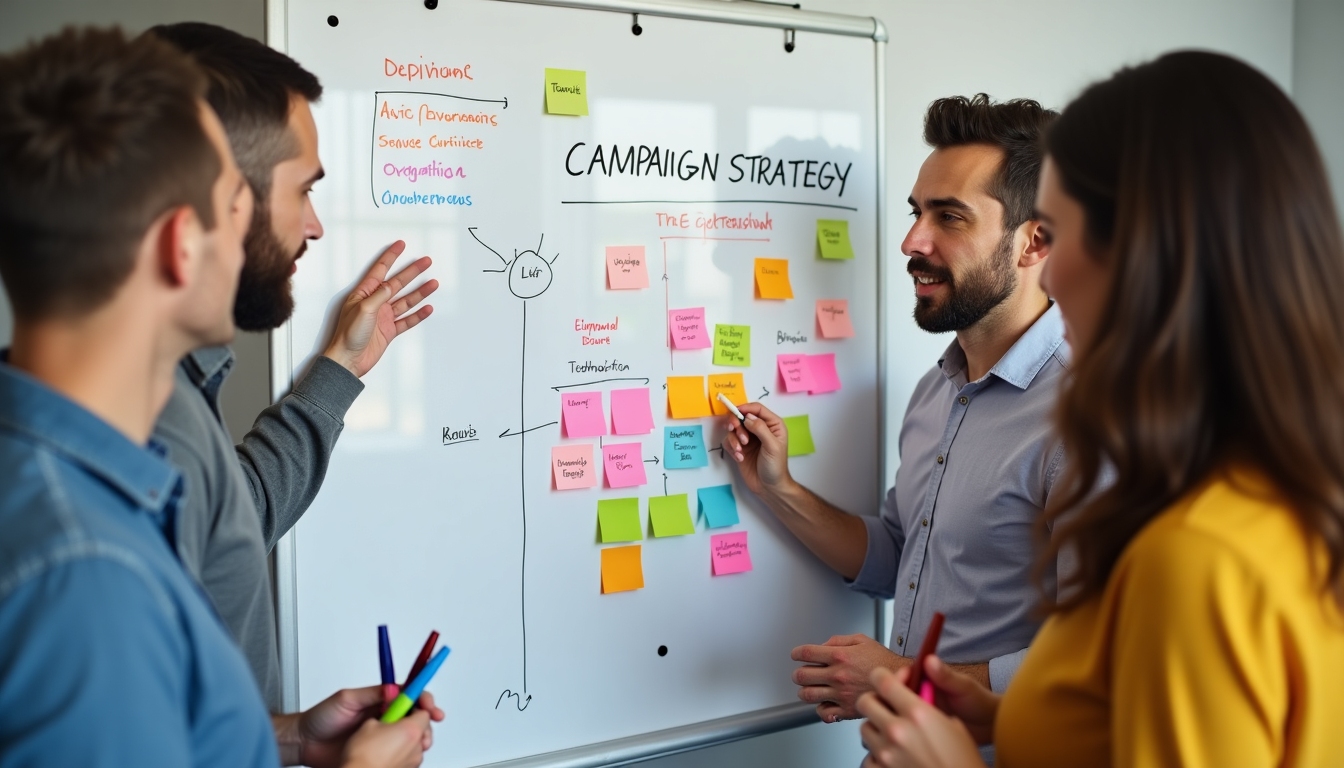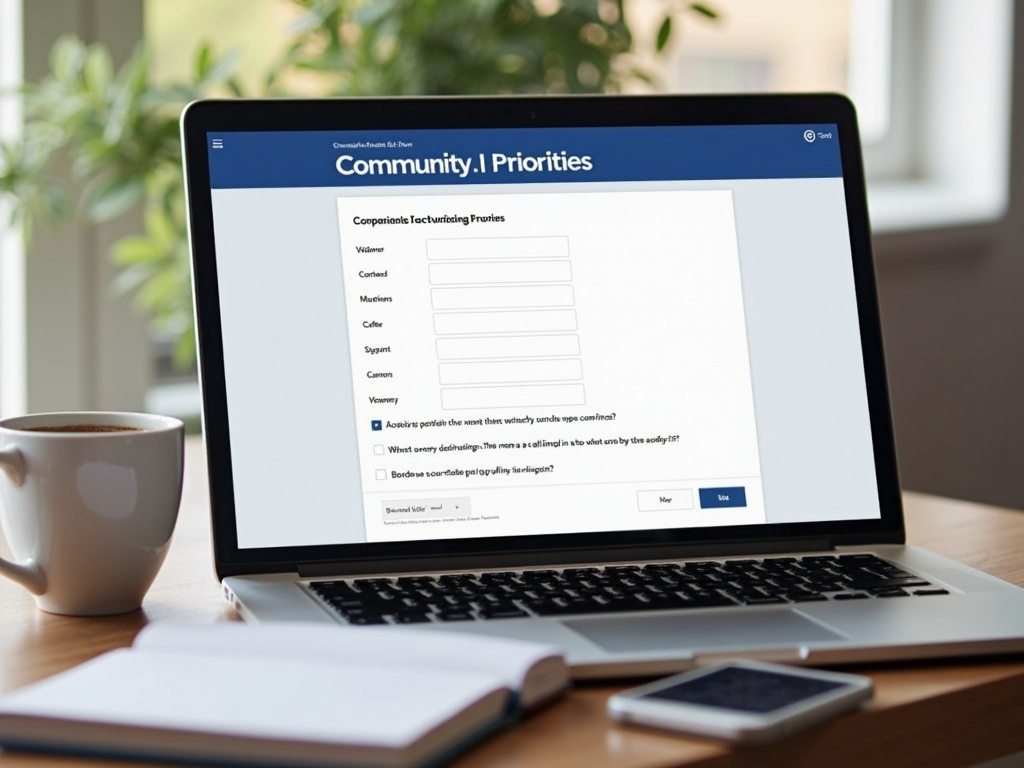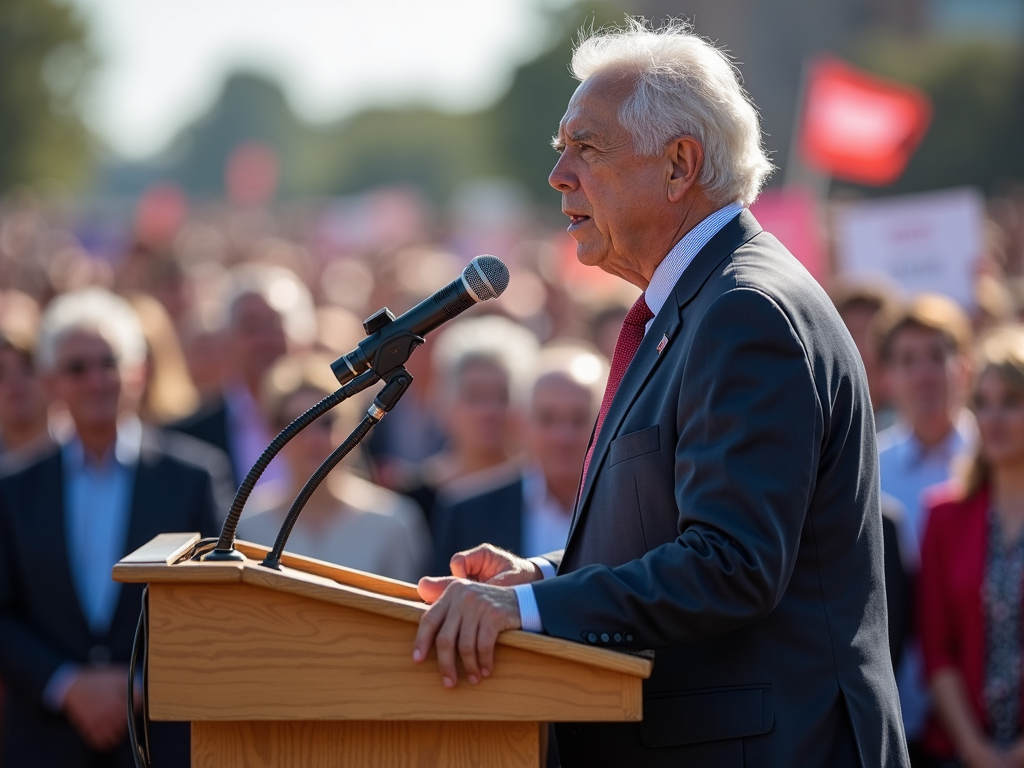Understanding the Basics of Campaign Research: Your Guide to Effective Advocacy
By , March 22, 2025
Overview
Campaign research is the backbone of any successful advocacy effort. It’s about gathering the right information to understand your issue, your audience, and the world you’re working in. This article dives into Understanding the Basics of Campaign Research, giving you practical steps to start your own advocacy campaign.
What is Campaign Research?
At its heart, campaign research is all about preparation. It’s the process of collecting and analyzing data to plan an effective advocacy campaign. Whether you’re tackling climate change or pushing for better schools, research helps you figure out what’s really going on and how to make a difference. For example, if you want to cut plastic waste in your town, you’d need to know how much plastic is used, what the local rules are, and who can change them.

Why Research Matters
You might think, “Why not just start rallying people?” Well, jumping in without research is like hiking without a trail map—you might get lost. Research clarifies your issue, pinpoints who you need to reach, and shows you the best path forward. It turns your passion into a plan. I’ve seen campaigns fail because they skipped this step, wasting time and energy on the wrong targets.
Step 1: Define Your Issue
First, get clear on what you’re fighting for. Be specific. Instead of “fixing education,” aim for “more funding for school supplies.” Ask: What’s the problem? Why does it matter? Dig into the root causes. Once, I worked on a campaign for better buses. We thought the issue was too few buses, but research showed it was really about city budget choices. That changed everything.

Step 2: Know Your Audience
Next, figure out who you need to influence. It’s not always everyone. If you’re pushing for a new law, your audience might be lawmakers. If it’s a community issue, it could be voters or local leaders. Learn what they care about. In one campaign, we found that officials cared more about jobs than the environment. So, we framed our pollution fight as an economic win.
Step 3: Map the Political Landscape
Every campaign happens in a bigger context. Research the current laws, policies, and public opinions around your issue. Are there allies or opponents? What’s the mood—supportive or resistant? I’ve found that attending town halls can reveal how people really feel. For a renewable energy campaign, knowing if lawmakers were already on board helped us decide where to push harder.

Step 4: Check Your Resources
Take stock of what you’ve got. How many volunteers can you rally? What’s your budget? How much time do you have? In a campaign I led, we had little money but tons of eager volunteers. We leaned on them for door-knocking instead of ads. Knowing your limits helps you focus on what’s possible.
Resource Checklist
- People: Who’s on your team? What skills do they have?
- Money: Can you fundraise if needed?
- Time: Is there a deadline, like an election?
- Partners: Any groups or influencers who can help?

Step 5: Build Your Strategy
Now, use your research to make a plan. What messages will hit home? What tactics—like petitions or protests—fit your goal? In a school funding campaign, we learned parents were key. We united them into a loud, clear voice for change. Your strategy should match your audience and resources.
Tactics to Consider
- Lobbying: Meet with decision-makers.
- Grassroots: Rally the public with events or canvassing.
- Media: Use social media or news to spread your message.

Mistakes to Avoid
Even good research can trip you up if you’re not careful. Don’t assume you know everything—check your facts. Keep your message simple; too many goals confuse people. Know your opposition so you’re ready for pushback. And don’t stop researching—keep learning as you go.
Tools to Help
You don’t need to do this alone. Use: - Public Records: Check government sites for data. - Surveys: Tools like Google Forms can gather opinions. - Social Media: See what people are saying online. - News: Stay updated on your issue.

How to Start an Advocacy Campaign
Ready to begin? Start small. Pick an issue you care about, research it, and talk to a few people affected by it. Gather a couple of volunteers and test your ideas. My first campaign was tiny—just me and two friends—but research made it work. You’ll grow from there.
Summary
Understanding the Basics of Campaign Research is your first step to effective advocacy. Define your issue, know your audience, study the landscape, check your resources, and build a smart strategy. Keep researching as you go, and you’ll turn your ideas into action that matters.
